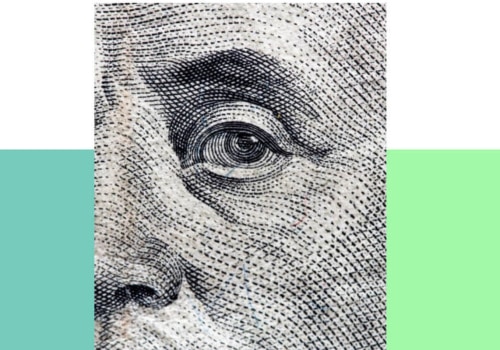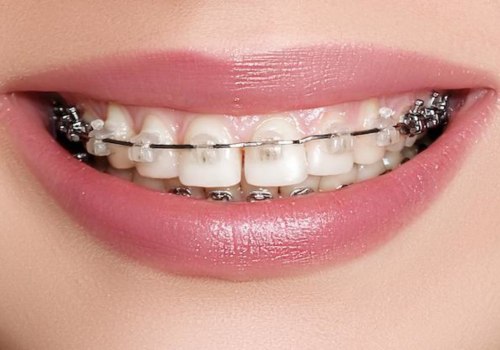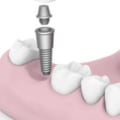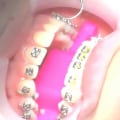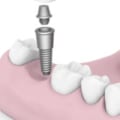When you're sitting in the dentist's chair, the last thing you expect is to hear the word quadrant. But when dental staff use this term, it is not referring to equations or formulas. It's an expression on the parts of the mouth. Dentists divide the inside of the mouth into four sections or quadrants.
The upper parts of the mouth are the first two quadrants, while the lower parts are the third and fourth quadrants. Therefore, the upper right part of the inside of the mouth is quadrant one (that is, the right side), while the upper left part is quadrant two. The lower part is a bit more confusing. While the upper part numbers the right side first, it is the opposite for the lower part.
The lower left part is quadrant three and the lower right part is quadrant four. From a dentist's perspective, they examine your mouth from top to bottom. It's easier to list quadrants so that the section below quadrant two is quadrant three. Gum disease is one of the most common problems dentists see.
They have developed abbreviated terminology to define gum health. One of the measurements they will use to measure the gums is the space between the gum pocket and the nearby tooth. Each of your teeth will receive a number for this space between the gums. Dentists measure this distance in millimeters.
As a patient, you want to hear a smaller number, as it indicates that you have a smaller space between your tooth and gum, a sign of a healthy mouth. A higher number indicates that you have gum problems, such as plaque and tartar buildup. When your distance indicates that your gums are 1 to 3 millimeters in diameter, what they're really saying is that you have healthy gums. It's a sign that you're brushing and flossing your teeth regularly, often taking good care of your teeth. Patients with this type of space between their teeth and gums are likely to have spent time between dental cleanings.
Inflammation occurs naturally in such situations. Your dentist may even warn you that you're in the early signs of periodontal disease or possible bone loss. They'll probably check if your gums bleed easily. A gum number of five millimeters or more is a problem. Your dentist will almost certainly tell you to do a deep cleaning.
The hope is that cleaning will eliminate the buildup between the tooth and the gum. Other possible causes include a broken tooth or loss of gums. In extreme situations, a person with this level of buildup will need corrective surgery, although the dentist will generally prefer to try minor treatments first. The first thing to keep in mind is that dentists use a two-digit numbering system. So, the upper right teeth start with number “1” (that is, e).
You may not have all of these teeth; for example, tooth 48 is a wisdom tooth, one that dentists often remove to improve overall health of the mouth. The upper half of the mouth has lower numbers; these are teeth 11-17 and 21-27 on the dental chart. However, this numbering system has a second purpose: it also identifies what type of tooth is under discussion. With this information, dentists can quickly note which teeth have problems that need correction. For example, a splinter in the second molar of quadrant four would be shown as tooth 47 in the graph.
The wisdom teeth are eighth tooth in each quadrant; so they are numbers 18, 28, 38 and 48 respectively. Very often in United Kingdom, Palmer notation method is used which is named after Dr Corydon Palmer from Ohio who completed his Doctorate in Dental Medicine at Arizona School of Dentistry with certificate in Public Health and also completed his residency in hospital dentistry at same institution together with University Hospital and Audie Murphy VA Hospital and he is member of Academy of General Dentistry, American Dental Association, Texas Dental Association and Capital Area Dental Society. Susan joined Enable Dental as director of operations and will work with talented Enable team as they continue to innovate, define industry and expand true mobile dentistry services improving holistic care for populations with limited access while Stony Plain Dental Center which is member of 123Dentist one of largest networks of dental offices wholly owned by dentists in Canada has been serving Stony Plain community in Alberta (Canada) since 1999. Kumata completed an additional residency in advanced general dentistry at Bellevue Hospital and Coler-Goldwater Specialized Hospital in New York while Dayo Dental company based in United States helps American and Canadian customers find most accredited and qualified dentists in Mexico. He then moved to Waimanalo Hawaii to pursue one year advanced education residency program in general dentistry with special interest in dental implants Invisalign Six Month Smiles etc.

